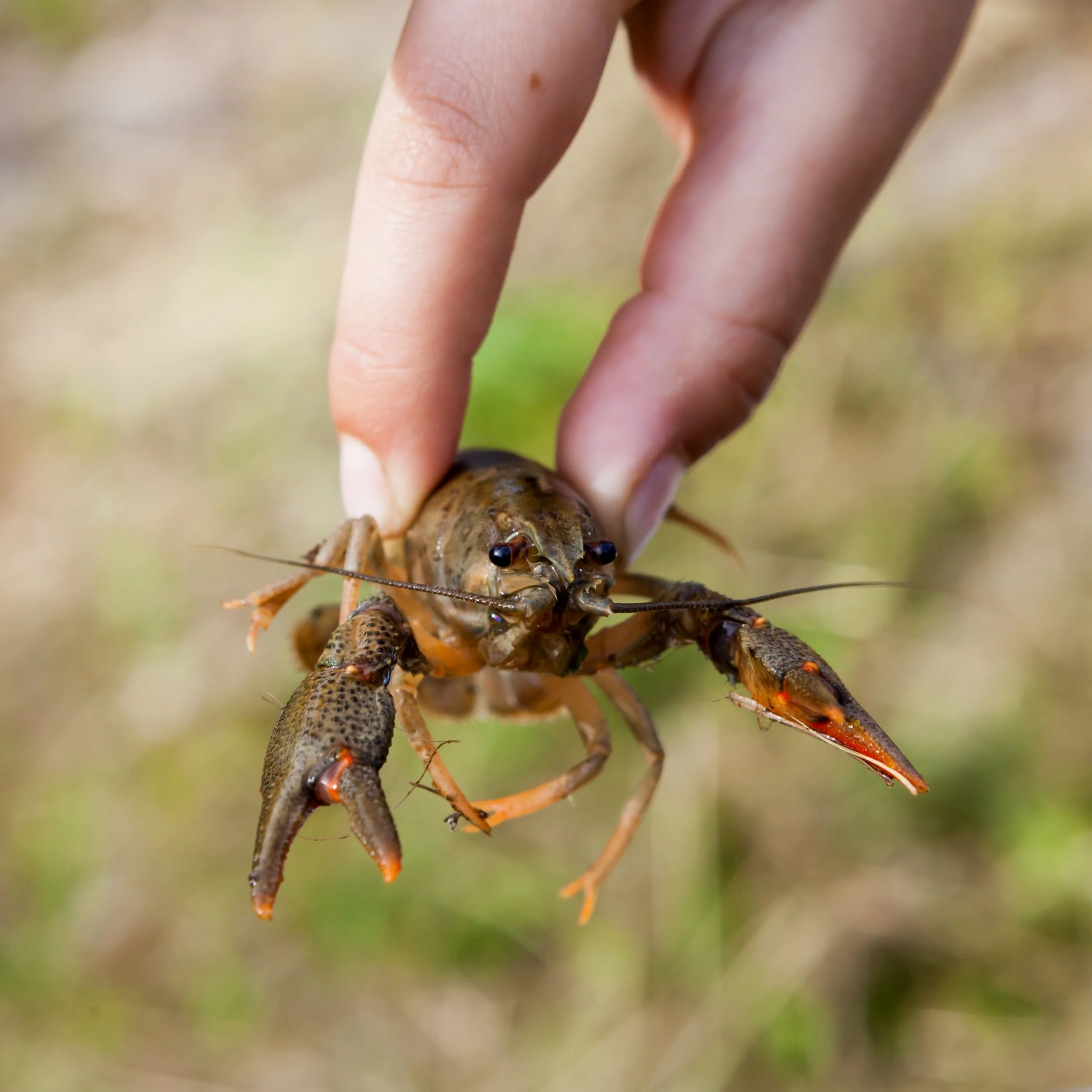The Rusty Crayfish Invasion
Crayfish play an important role in the balance of aquatic ecosystems. Their significance becomes particularly apparent when examining the consequences of introducing non-native species like the Rusty Crayfish, attributed to human activities like the use of live bait in fishing.
Originating from the Ohio River Basin, the Rusty Crayfish has spread to various water bodies across the United States. This expansion is a direct result of human actions. Their aggressive behavior and larger size compared to native species lead to intense competition for resources. This results in the displacement of local species and significant alteration of aquatic habitats.
They have a strong preference for plant life and small aquatic organisms, which leads to reduced plant diversity and abundance, impacting essential spawning grounds and shelters for fish and other aquatic life.
The introduction of invasive crayfish also brings the risk of new diseases or parasites, posing a significant threat to native crayfish populations and other aquatic species. In the ongoing struggle to protect native aquatic species, invasive crayfish like the Rusty Crayfish have emerged as the most significant threat to native populations.
Understanding the interconnectedness of our actions with the natural world is vital. The introduction of non-native species like the Rusty Crayfish serves as a reminder of the ecological consequences of these actions and underscores the importance of safeguarding our aquatic ecosystems.
Due to these ecological concerns, the use of crayfish as live bait has been banned in many jurisdictions. However, it remains legal in some areas, continuing to pose a threat to aquatic ecosystems. For those interested in the spread of crayfish across the United States, check out the USGS animated map to see if Rusty Crayfish have reached your area or state.
Resources
"Invasive Species Policy at the Regional Level: A Multiple Weak Links Problem" by Jody A. Peters & David M. Lodge, published in Fisheries Magazine. Read more
“The Bait Industry as a Potential Vector for Alien Crayfish Introductions: Problem Recognition by Fisheries Agencies and a Missouri Evaluation” by Robert J. DiStefano, Mary E. Litvan & Paul T. Horner, published in Fisheries Magazine. Read more
Rusty Crayfish information from Colorado Parks & Wildlife. Read more
Delaware’s Crayfish by Wetland Animals. Read more
This article aims to shed light on the ecological impact of crayfish, particularly invasive species like the Rusty Crayfish, and the role of human activities such as the use of live bait in fishing, in their spread and introduction.

